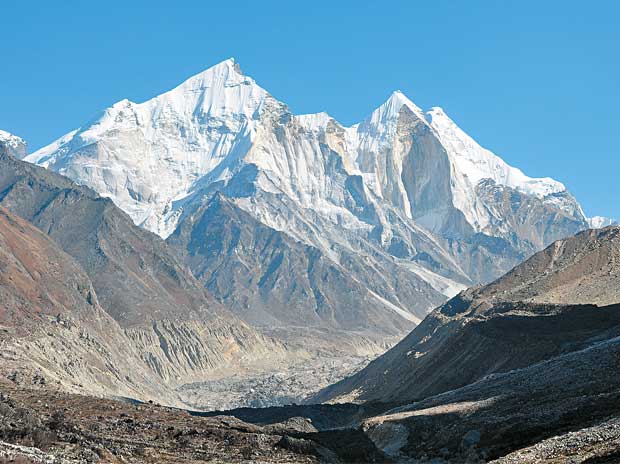Remote and hard to reach, the Himalayan region extends across all or part of eight countries, from Afghanistan in the west to Myanmar in the east. Its ecosystems are filled with short-stature plants, which haven’t been fully researched so far. A new study takes a look into the vast area, discovering that life is actually expanding there.

A group of researchers from the University of Exeter used NASA satellite data from 1993 to 2018 to measure the extent of the so-called subnival vegetation in the area, plants that grow between the treeline and the snowline.
“It’s important to monitor and understand ice loss in major mountain systems, but subnival ecosystems cover a much larger area than permanent snow and ice and we know very little about them and how they moderate water supply,” said Dr Karen Anderson, author of the study.
The team discovered small but significant increases in vegetation cover across four height brackets from 4,150-6,000 meters above sea level. The results varied according to altitude and location. The interval between 4,150-6,000 meters above sea level showed the most increase in vegetation levels. Around Mount Everest, the researchers discovered a large increase in vegetation in all the height brackets analyzed. The finding is quite remarkable, considering conditions at the mountain range were considered in the past to push plants to the limit.
The study didn’t look at the reasons for the increased plant growth, but the findings agree with modeling that showed a decline across the Himalayan region of so-called “temperature-limited areas”, places where temperatures are too low for plants to grow. The decline is due to climate change, modeling showed.
Other studies in the past have looked at the ecosystems in the Himalayan region, suggesting that they are highly vulnerable to shifts in vegetation because of climate change. In 2006, research showed that the rate of ice loss in the area doubled between 2000 and 2016.
“Snow falls and melts here seasonally, and we don’t know what impact changing subnival vegetation will have on this aspect of the water cycle — which is vital because this region feeds the ten largest rivers in Asia,” said Anderson, who says now fieldwork will be needed to see how plants interact with soil and snow


